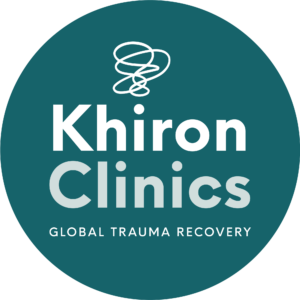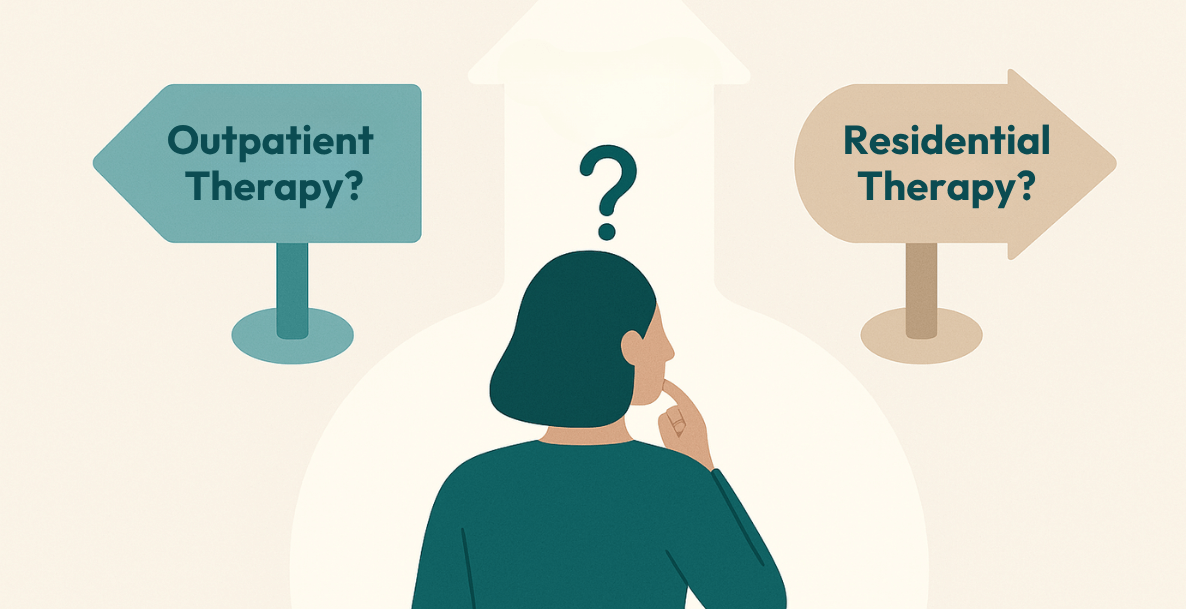A sense of safety is paramount in trauma therapy, helping to form the foundation upon which healing can occur. Trauma fundamentally disrupts an individual’s sense of security, leaving them in a state of chronic hypervigilance or dissociation, potentially making it difficult to engage with therapeutic processes effectively.
For therapy to be successful, clients must feel that they are in a secure environment where they are not threatened or judged. This sense of safety allows them to lower their defences, and regulate the nervous system, enabling them to process traumatic experiences without becoming overwhelmed.
Why Healing Trauma Starts With Creating Safety
According to the polyvagal theory, developed by Dr Stephen Porges, the autonomic nervous system has three primary states: the ventral vagal state (associated with feelings of safety and social engagement), the sympathetic state (associated with fight or flight responses), and the dorsal vagal state (associated with shutdown or freeze responses). Trauma can cause individuals to become stuck in the sympathetic or dorsal vagal states, leading to chronic stress, anxiety, and dissociation.
Creating a sense of safety is essential for helping trauma survivors shift from these states back to the ventral vagal state, where healing can occur. When people feel safe, their nervous systems can relax, allowing them to access the parts of their brain responsible for higher-order thinking, emotional regulation, and social connection. This is crucial for processing traumatic memories and integrating them in a way that reduces their emotional charge.
Therapists play a key role in creating this sense of safety by establishing a trustworthy and empathetic relationship with their clients. This involves consistent, nonjudgmental support and creating a secure physical environment free from potential triggers. Additionally, therapists can teach clients self-regulation techniques such as deep breathing, mindfulness, and grounding exercises to help them manage their physiological responses to stress and foster an internal sense of regulation and safety.
Understanding Trauma, The Nervous System and Dissociation
Trauma is not merely an event but a profound response to overwhelming stress that significantly disrupts the nervous system. When faced with a threat, our autonomic nervous system (ANS) activates the sympathetic “fight or flight” response preparing the body to either confront or escape the danger. This response involves a surge of adrenaline, increased heart rate, and heightened alertness.
However, when the threat is perceived as overwhelming and escape or fighting back seems impossible, the body may shift into the parasympathetic “freeze” or “shutdown” response connected to the dorsal vagal complex of the vagus nerve. In this state, the body essentially “plays dead” by significantly lowering physiological activity, which includes slowing the heart rate, reducing blood pressure, and inducing a sense of numbness or detachment.
Dissociation is a psychological process closely linked to this freeze or shutdown response. When the body enters this state, the mind may also detach from the overwhelming emotional and sensory experience. This detachment can manifest as a sense of unreality, depersonalisation (feeling disconnected from oneself), or derealisation (feeling disconnected from the surroundings).
Dissociation serves as a protective mechanism, allowing individuals to escape psychologically when they cannot escape physically. For trauma survivors dissociation can follow them long after the threat has ended, generally triggered by sensory stimuli that resemble the original trauma. This can include various sensory information from internal feelings and sensations to external smells, sounds, and feelings.
For survivors of complex or ongoing trauma, such as in the case of domestic abuse, child abuse, or torture, dissociation can become a common coping mechanism. While dissociation can be a protective response during a traumatic event, it becomes maladaptive when it persists long after the danger has passed, interfering with daily functioning and relationships. To avoid dissociation during trauma healing, we must feel safe enough to remain present and grounded in the moment, and armed with the tools to deal with discomfort from feelings and other stimuli that may relate to trauma.
How Do We Prioritise Feeling Safe in Trauma Therapy
Creating a safe therapeutic environment involves building a strong, trusting relationship between the therapist and client.[1] The therapist must convey empathy, understanding, and consistency, providing a stable presence that contrasts with the unpredictability often experienced in traumatic situations. Additionally, the physical setting should be calming and reassuring, free from potential triggers that could cause distress.
Safety in trauma therapy also involves helping clients develop internal resources for self-regulation.[2] Techniques such as mindfulness, grounding exercises, and breathwork can empower clients to manage their physiological responses to stress, fostering a greater sense of control over their bodies and emotions. This internal safety is crucial for clients to confront and integrate traumatic memories, ultimately leading to healing and recovery. Self-regulation also helps survivors recognise and communicate triggers so the therapist can use this to inform and guide the therapeutic journey.
By prioritising safety, trauma therapy can create the necessary conditions for clients to explore their trauma, process their emotions, and build resilience. This transformative process is essential for reclaiming a sense of agency and well-being, paving the way for a more stable and fulfilling life.
Psychoeducation and Strategies for Prioritising Safety
Psychoeducation and strategies for prioritising safety in therapy are crucial for effective trauma treatment, helping clients understand their experiences and reactions while fostering a secure therapeutic environment. Psychoeducation involves educating clients about the impact of trauma on the brain and body, empowering them and reducing feelings of shame and confusion associated with trauma responses.
Psychoeducation often starts with explaining the autonomic nervous system, specifically the roles of the sympathetic and parasympathetic systems in the “fight, flight, or freeze” responses. For instance, a therapist might explain how the sympathetic system activates during perceived danger, preparing the body to either fight or flee, while the parasympathetic system helps calm the body once the threat has passed. Understanding these physiological reactions helps clients see their responses as normal and adaptive rather than personal failures.
Bottom-up strategies that help clients connect to bodily sensations, release tension and rebuild a sense of safety and comfort are key to trauma healing. Trauma is rooted in the body, so incorporating body-based approaches alongside more traditional forms of top-down talk therapy is at the core of what we do at Khiron Clinics.
Co-regulation in Therapy
Coregulation is the process where a person’s emotions and physical state are calmed and balanced through interaction with someone else. According to Polyvagal theory, it is the reciprocal receiving and sending of safety signals. It is not just the absence of danger but the connection of two nervous systems; each regulating the other in the process.
In trauma therapy, this means the therapist and client work together to create a sense of safety. The therapist’s calm and supportive presence helps soothe the client’s nervous system, making them feel safe and able to explore their traumatic experiences. This approach helps build trust, model healthy emotional responses, and teach the client how to manage intense feelings on their own. Overall, coregulation is key to helping trauma survivors feel secure, connected, and better equipped to handle stress and trauma symptoms.
Sources:
[1] Podolan M, Gelo OCG. The Functions of Safety in Psychotherapy: An Integrative Theoretical Perspective Across Therapeutic Schools. Clin Neuropsychiatry. 2023 Jun;20(3):193-204. doi: 10.36131/cnfioritieditore20230304. PMID: 37554697; PMCID: PMC10405669.
[2] Rothschild, B. (1999). Making Trauma Therapy Safe. Self & Society, 27(2), 17–23. https://doi.org/10.1080/03060497.1999.11085931






